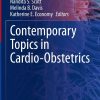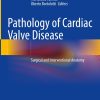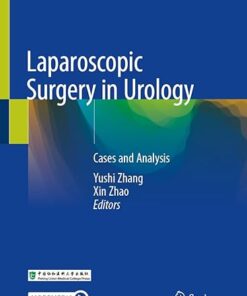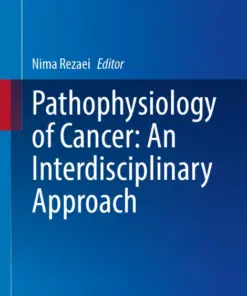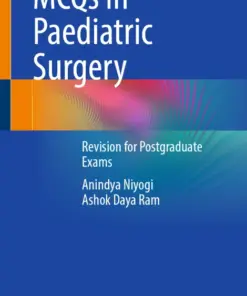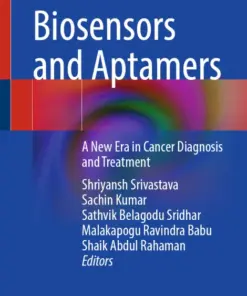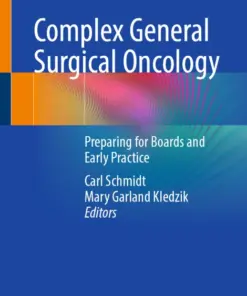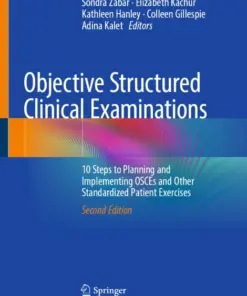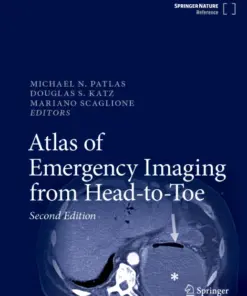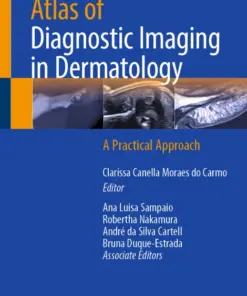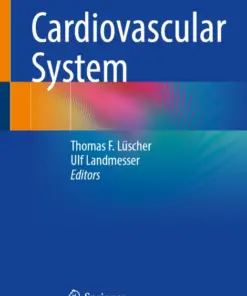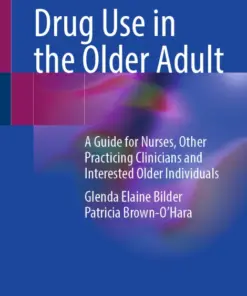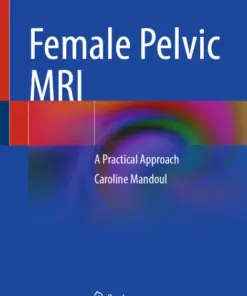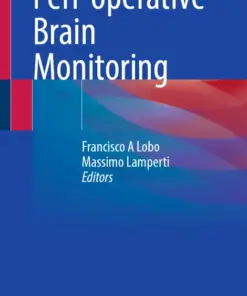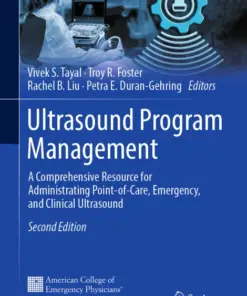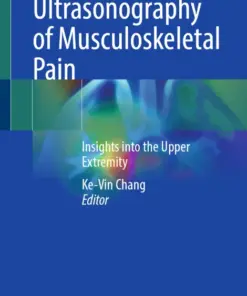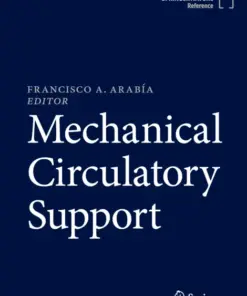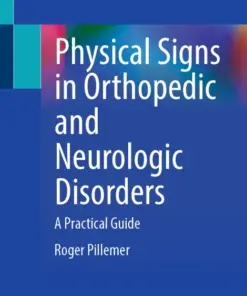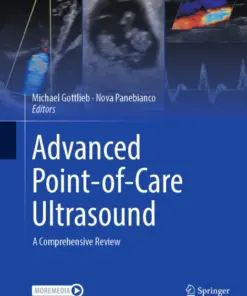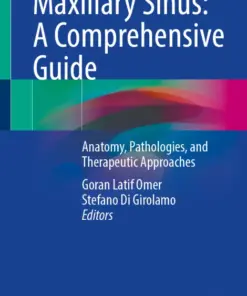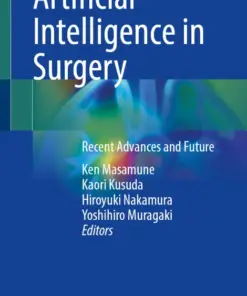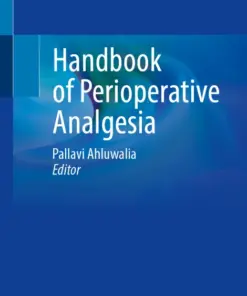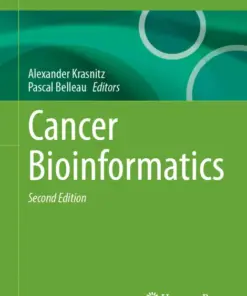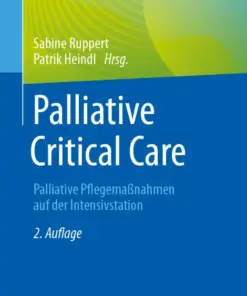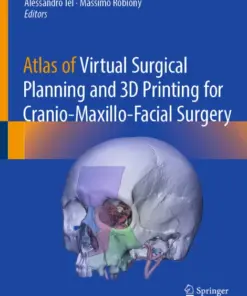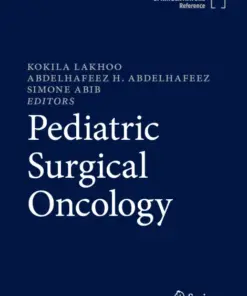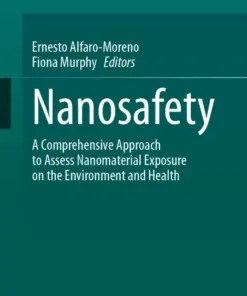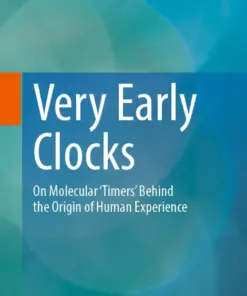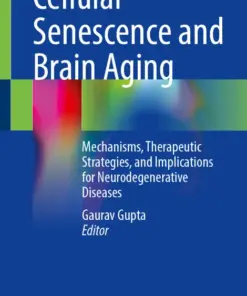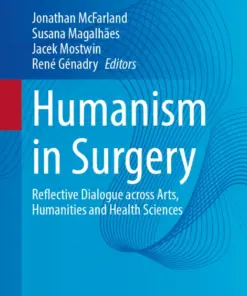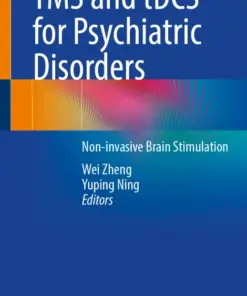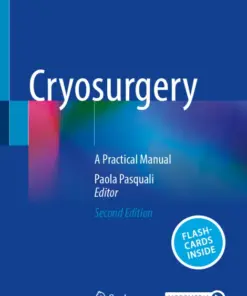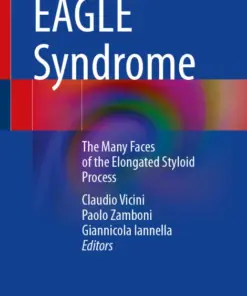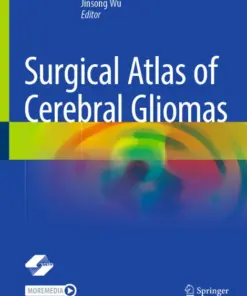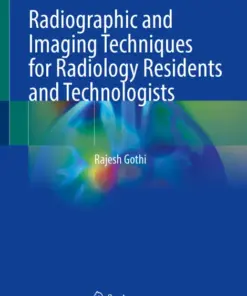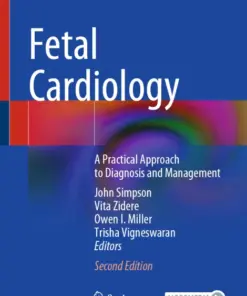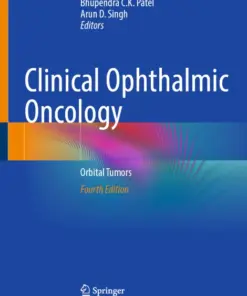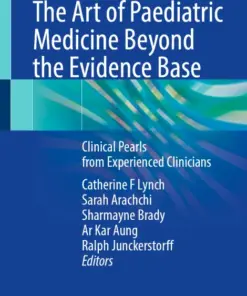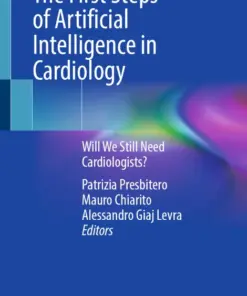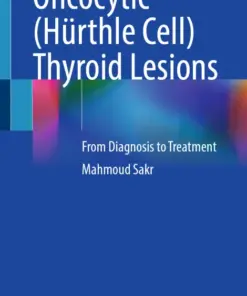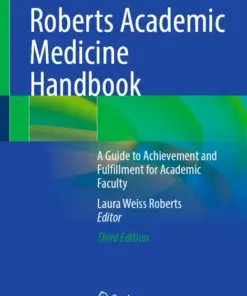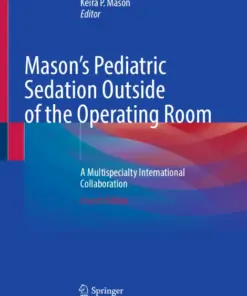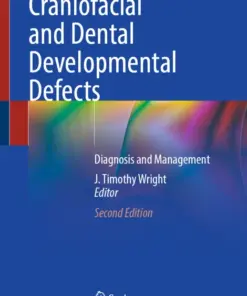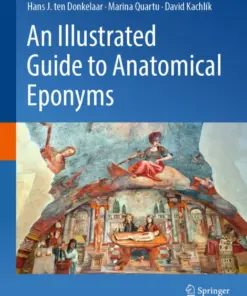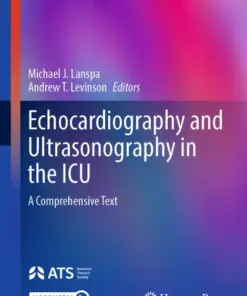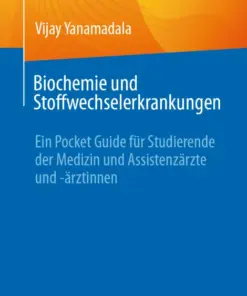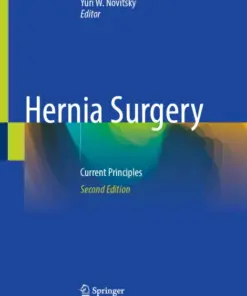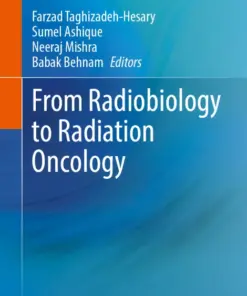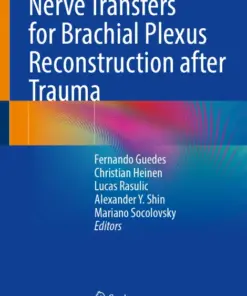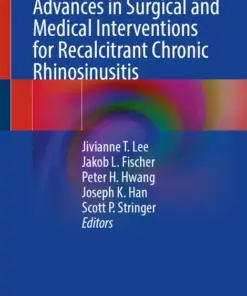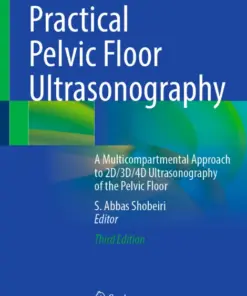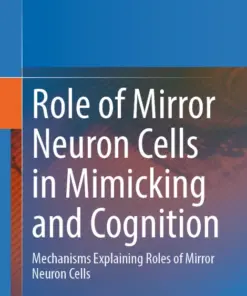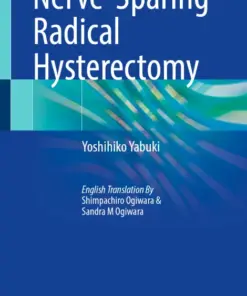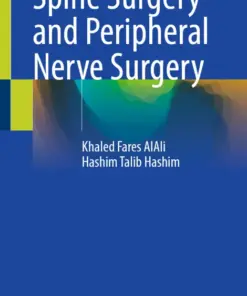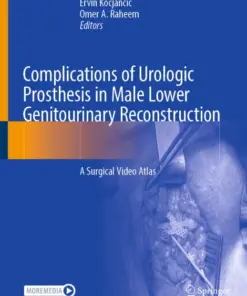Biomedical Visualisation: Volume 17 ‒ Advancements in Technologies and Methodologies for Anatomical and Medical Education (Advances in Experimental Medicine and Biology Book 1431) (PDF)
5 $
Delivery time: Maximum to 1 hours
Format : Publisher PDF
File Size : 9.9 MB
This edited book explores advances in anatomical sciences education, particularly in teaching methods and integration of computer-based technologies such as virtual and augmented reality. Topics range from teaching dissection-based anatomy to incorporating clinical correlation and guidance for selecting effective visualization technologies, all in the context of adapting to changes in health sciences curricula. The book is published by Springer International Publishing and will be available on September 21, 2023.
Biomedical Visualisation: Volume 17 ‒ Advancements in Technologies and Methodologies for Anatomical and Medical Education (Advances in Experimental Medicine and Biology Book 1431) (PDF Book)
by Dongmei Cui (Author)
Introduction:
Anatomy is a fundamental science in healthcare education. However, the amount of time allocated to anatomical education in health professional programs has largely decreased in recent years. This has led educators to seek effective teaching tools and technologies in their classroom learning. In this context, an edited book, titled “Advances in Anatomical Sciences Education: Innovative Teaching Methods, Integration of Systems-Based Components, and Novel Approaches to Active Learning,” explores advances in anatomical sciences education, including teaching methods, course design and implementation, assessments, effective learning strategies, and novel approaches to active learning.
Analysis:
The book aims to keep educators up to date with the latest advances in anatomical sciences education, including computer-based technologies such as virtual reality, augmented reality, mixed reality, and digital dissection tables, among others. These technologies have the potential to enhance the teaching and learning of various anatomical disciplines, including gross anatomy, neuroanatomy, developmental anatomy/embryology, radiological imaging, and microscopic anatomy/histology.
The book will start by exploring a novel approach to teaching dissection-based anatomy in the context of organ systems and functional compartments. It will then cover a range of topics from teaching methods and instructional strategies to developing content and guides for selecting effective visualization technologies. Moreover, the book will highlight the importance of adapting to the challenges presented by the recent and residual effects of the COVID-19 pandemic.
Key Features:
The book “Advances in Anatomical Sciences Education: Innovative Teaching Methods, Integration of Systems-Based Components, and Novel Approaches to Active Learning” includes the following key features:
1. A comprehensive overview of advances in anatomical sciences education
2. A focus on computer-based technologies and their potential to enhance teaching and learning
3. Novel approaches to teaching dissection-based anatomy in the context of organ systems and functional compartments
4. Strategies for developing content and guides to select effective visualization technologies
5. Discussion on challenges presented by the COVID-19 pandemic
Target Audience:
This book is intended for educators, researchers, and students in the health sciences who have an interest in anatomical sciences education. It is particularly useful for educators who are seeking new and innovative ways to teach anatomy and integrate new technologies into their curriculum. Medical, osteopathic medical, and other health professional programs may find this book particularly useful.
Conclusion:
“Advances in Anatomical Sciences Education: Innovative Teaching Methods, Integration of Systems-Based Components, and Novel Approaches to Active Learning” is a valuable resource for educators, researchers, and students in the health sciences who are interested in improving their anatomical sciences education. The book covers a range of topics related to advances in anatomical sciences education and highlights the potential of computer-based technologies for enhancing teaching and learning. Overall, this book provides a comprehensive overview of anatomical sciences education in the modern era, making it an essential read for anyone interested in this field.
Product Details
- Publisher: Springer International Publishing; September 21, 2023
- Language: English
- ISBN: 9783031367267
- ISBN: 9783031367274


